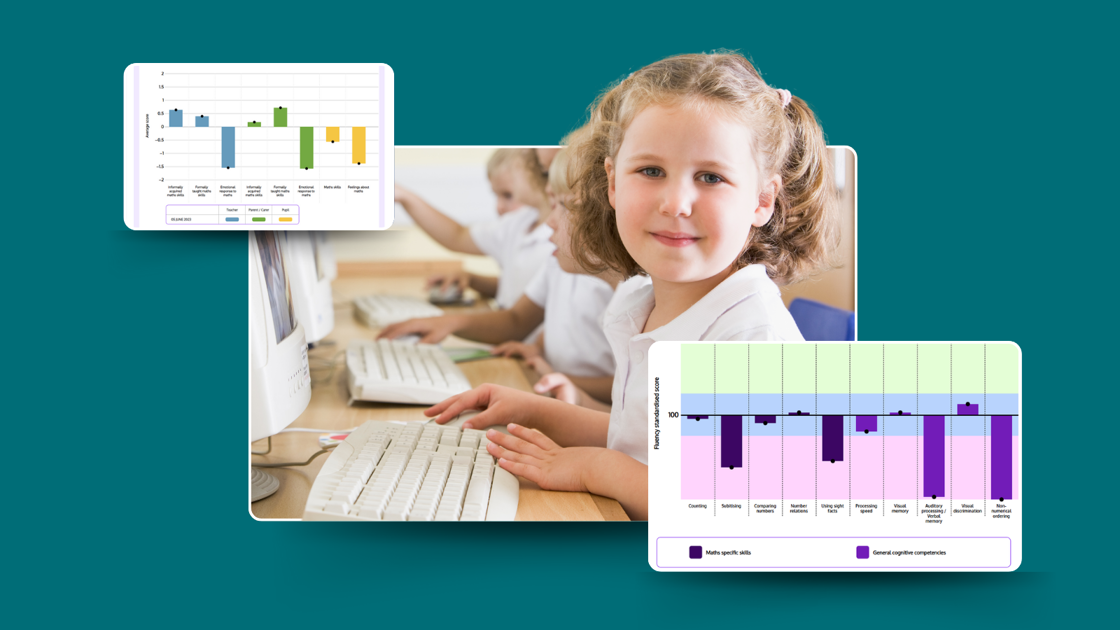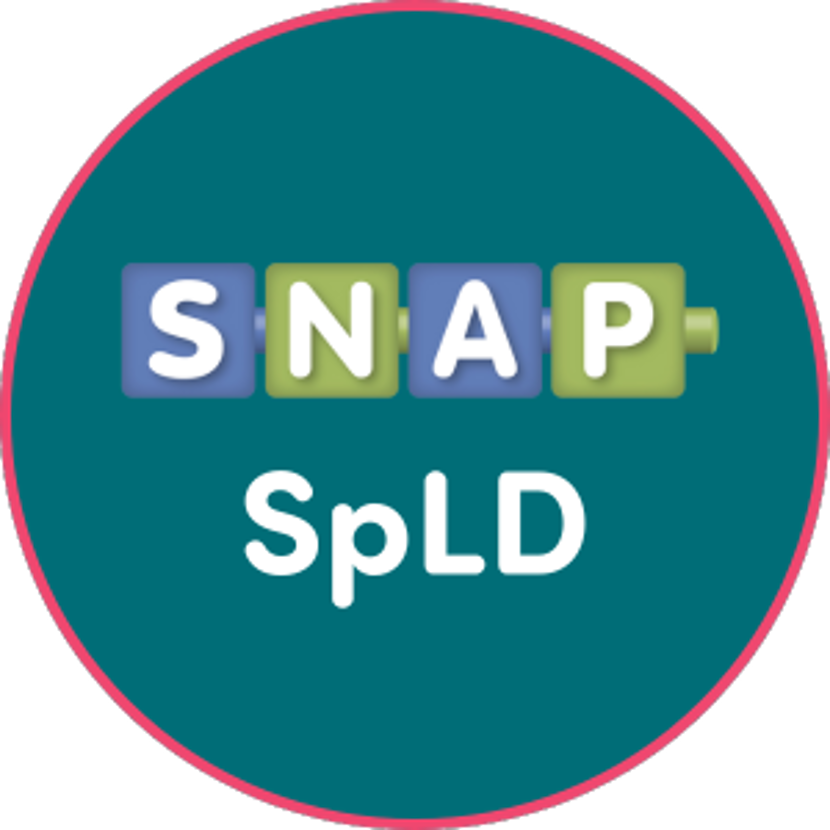Sign in for a more personalised experience
Unlock a more personalised experience to discover special offers, suggested products and more!
Sign inDon’t have an account? Click to sign up today!SNAP Maths accelerates progress at a large Primary School.

A larger-than-average Primary school in North Yorkshire boosted progress in Maths beyond expectations with SNAP Maths.
Seamer & Irton CP School in North Yorkshire wanted to ensure their younger learners had the essential underlying maths skills that are the cornerstones needed to improve their mathematical attainment – skills such as Counting, Comparing numbers, Subitising, and Number relations.
They opted for SNAP Maths, Hodder Education's online, digital profiling tool designed to address barriers to Maths learning and provide follow-up resources.
The Challenges
Seamer & Irton CP school has a similiar percentage of learners to the national average on their SEN support register and a higher than average number of learners on Education, Health and Care Plans (EHCPs). These learners come with unique learning barriers that may be impacting attainment.
In an effort to boost Mathematical attainment, the school wanted to identify learners who were not progressing at the expected rate and put in place personalised learning strategies to support those learners.
We were looking for a Maths support program to assist our younger students to a greater level of attainment by the time they leave us in Year 6. When we heard about SNAP maths, it seemed like it would meet our requirements, and we signed up to it."
SENCO at Seamer & Irton CP School
How SNAP Maths Helped
The school opted for SNAP Maths because there was no limit to the number of learners they could assess within the cost of the annual subscription. They started with a smaller pool of 15 learners in Year 2 (ages 6 to 7).
After learners took the 10 initial activities and their families and teachers answered the questionnaires, the school could explain to the parents/carers what their child's learning barriers were and what they plans they were putting in place to help the learner.
Using the information gathered by the assessment and questionnaires, the school assigned the relevant Fluency Booster (adaaptive onscreen interventions to train specific Maths skills) each individual learner. Learners would complete the activity first thing in the morning when they arrived at school. This enabled the school to deliver the needed support and minimise potential disruption. As an added positive, the 15 learners "enjoyed using the [product] and were never reluctant to log on at the start of each session".
Teachers could then use the reports from the Fluency Booster activities to show progress and report improvements to the parents/carers.
Discover how SNAP has improved learning outcomes in North Yorkshire over the last two years.
We assigned it to a teacher who was predominantly working with our Year 2 cohort, and identified 15 pupils that we thought would benefit from it as they were not making the progress we expected they would.
"Having completed the family questionnaire and the initial screener, we used the initial reporting tool with parents to show where the difficulties or areas that needed strengthening were and we set pupils up on the relevant SNAP Maths Fluency Boosters, depending on the identified areas of support they required."
SENCO at Seamer & Irton CP School
The Results
- Eleven out of the 15 learners in Year 2 "made better than expected progress" in Maths, and all 15 were progressing nicely in SNAP Maths reports
- The school decided to roll SNAP Maths out to its Year 3 (ages 7 to 8) cohort and has seen equally promising results. They will also be rolling out SNAP Maths in a targeted way to the rest of Key Stage 2 (ages 7 to 11)
- Improved parent/carer engagement and understanding
When we completed our next cycle of assessment, 11 of our Year 2 cohort had made better than expected levels of progress, and all of them showed good progress against the SNAP Maths assessment. We had already started a soft roll out of the SNAP Maths program against our Year 3 cohort, with equally promising results, even though the maths fluency boosters were not followed as rigidly as they were in Year 2. This year we are planning to use SNAP Maths in the Spring term across our Year 2 and 3 cohorts, and also targeted usage amongst the rest of our Key Stage 2 pupils."
SENCO at Seamer & Irton CP School
Would you recommend SNAP Maths to others?
"Yes. We would recommend SNAP-Maths to other schools. It helps secure the basic maths knowledge that provides the foundations for future mathematical learning."
Discover SNAP Maths
Also use SNAP-SpLD
Seamer & Irton CP School also use SNAP-SpLD to great success.
We have also used the SNAP-SpLD program for a number of years to identify the specific areas of need for our pupils whose achievement and attainment is less than we expect and have found it extremely beneficial to get the right support to the pupils. We try to wait until they turn 7, as we find that it is most beneficial when they can participate in the screening, but we have also found it to be very useful with the younger pupils when we need to evidence their need.

Hear from us
Curriculum changes. New materials. Price discounts and unmissable offers. We’ll make sure you don’t miss a thing with regular email updates, tailored by subject and age group.